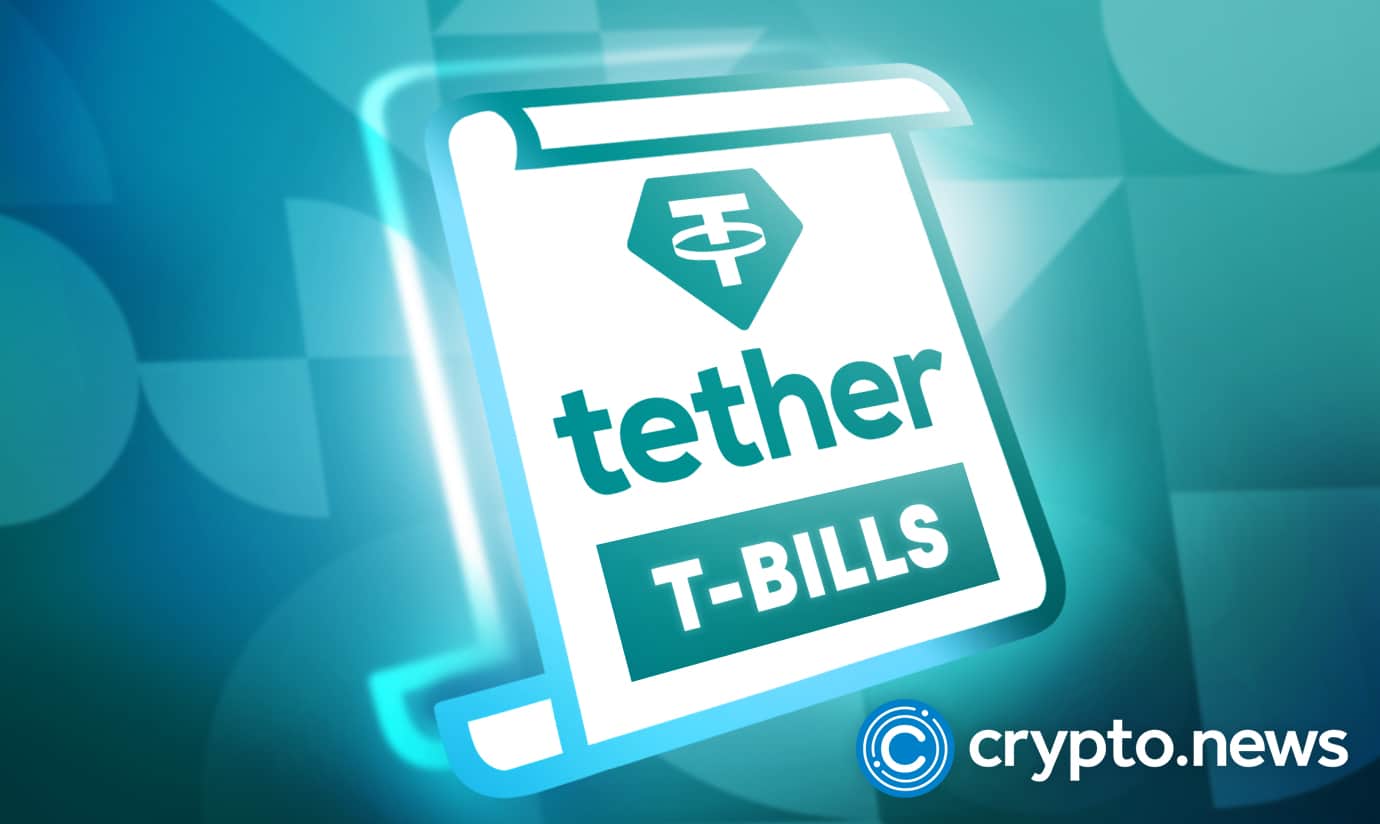Tether Replaces Commercial Papers with U.S. Treasuries for Investor Protection

According to a recent blog post, Tether has lowered its holdings of commercial paper to zero and replaced them with U.S. Treasury bills. Tether said the action is a part of its “ongoing efforts to increase transparency” and back its tokens with “the most secure reserves in the market” to ensure investor protection ultimately.
Commercial Book Explained
About 68.4 billion tether tokens are currently in use, up from 2 billion three years ago, according to data from CoinMarketCap. The market value of the crypto is $68.4 billion.
Commercial paper is a short-term, unsecured debt instrument issued by businesses; it is regarded as less trustworthy than Treasury bills. According to Paolo Ardoino, Tether’s Chief Technology Officer, 58.1% of its assets were in T-bills as of October, up from 43.5% in June. The exact number is unknown, but Ardoino did mention in a post on Thursday that Tether was able to pay $7 billion, or 10% of its reserves, in less than 48 hours.
The statement released on Thursday further stated that zeroing out the remaining commercial paper holdings was intended to promote “greater transparency and trust, not only for tether but for the entire stablecoin industry.”
Undoubtedly, trust issues have arisen in the stablecoin segment of the crypto market in recent months.
Stablecoin Credibility Issues Over the Past Year
In May, terraUSD (UST), once one of the most well-liked stablecoin projects, collapsed, costing investors billions of dollars. Last year, Tether was forced to pay a multimillion-dollar fine after a legal battle with the New York attorney general’s office over concerns related to the viability of its reserves.
The collapse of UST had a cascading effect on the larger crypto ecosystem. Tether briefly lost its dollar peg and dropped as low as 95 cents due to the fallout.
However, Tether, the company that created the stablecoin of the same name, was already facing significant regulatory pressure due to its reserves long before UST’s dramatic implosion.
Fiat reserves back the majority of stablecoins (UST was one of a new generation of “algorithmic” stablecoins that seek to base their dollar peg on computer code.)Tether previously stated that every single one of its tokens was backed 1:1 by dollars kept in a bank. To support its token, the company revealed it relied on various other assets, including commercial paper, after settling with the New York attorney general.
Tether Backs its USD Peg
Ardoino claimed that they prepared the businesses to handle large-scale redemptions. Still, the office of New York Attorney General Letitia James had contended that Tether occasionally lacked reserves to support the dollar peg for its crypto. It claimed that was to begin in the middle of 2017, the business lacked access to banking and misled customers about liquidity problems.
He, however, continued to state that it was a lie for Tether to claim that its virtual currency was always fully backed by dollars. Contrary to rumors, Tether noted on its website that “after two and a half years, there was no finding that Tether ever issued tethers without backing, or to manipulate crypto prices.”
Tether has repeatedly refuted claims made by critics that it was using its tokens to manipulate bitcoin prices.
Tether could eventually grow to a size where its ownership of U.S. Treasuries becomes “really scary,” according to Carol Alexander, a professor of finance at Sussex University, even though it is not yet big enough to disrupt U.S. money markets.
In the future, she said, “let’s say we have $200 billion instead of $80 billion, and the majority of that is in liquid U.S. government securities.” Then, a Tether crash “would tip the world into recession and have a significant impact on U.S. money markets.”












